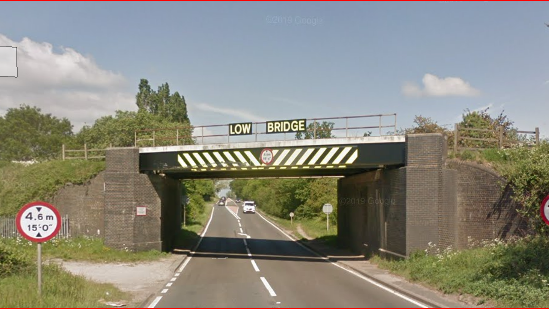We’re using an innovative weather predictive tool that helps us keep more of your trains moving safely during summer storms.
The difficulty in predicting summer storms
Summer rainstorms – or convective rain as it is otherwise known – can hit suddenly and intensely in relatively small areas. That’s why on some days you may get a downpour while a neighbouring town is completely dry. This type of rain is most common from April to September.
Convective rain is caused by the sun heating up the air close to the ground. This warm air will then rise and cool as it does.
The water vapour turns to liquid, forming deep thunder clouds. The varying surface of the ground means these clouds can pop up anywhere and then be blown anywhere by the wind.
Disrupting the railway
Convective rain can cause serious damage to our railway. It may wash away parts of the land around the track causing landslips or flooding.
We typically slow down trains by using speed restrictions across stretches of the railway to keep trains safe when such storms are predicted. But the uncertainty over where precisely these storms will hit has traditionally led us to close large areas of the railway in the past as a safety precaution – causing widespread disruption to your journeys.
We’ve worked with our weather forecasting partner MetDesk in the past few years to develop a new type of weather management system called the Convective Alerting Tool (CAT).
The first-of-its-kind tool helps our teams more accurately understand where and when convective rain is most likely to hit. It closely monitors rainfall using a radar and provides regular alerts.
Keeping more of the railway open
We’re now keeping more of the railway open and running safely thanks to the accuracy of CAT. We’ve used it since April 2021 to better prepare our railway for convective rain. This includes creating timely action plans for slowing train and freight services down in areas where the tool shows extreme rain is predicted.
CAT has also helped us apply speed restrictions only where necessary on a line. And we won’t apply a speed restriction if there isn’t a risk of washout on a section of track. This makes our speed restrictions more targeted and less disruptive to you and freight services.
Olu Kumolu-Johnson, a project manager in the Weather Risk Task Force at Network Rail, said: “It is quite clear that CAT has helped us manage the effects of convective rain – because of the precision and accuracy of the alerts and forecasting it gives.”




